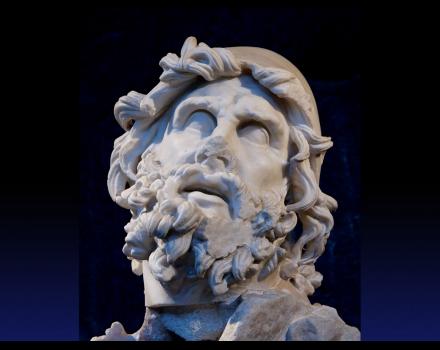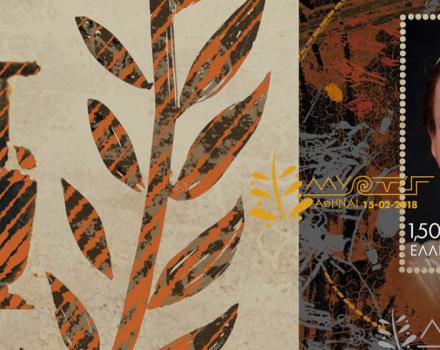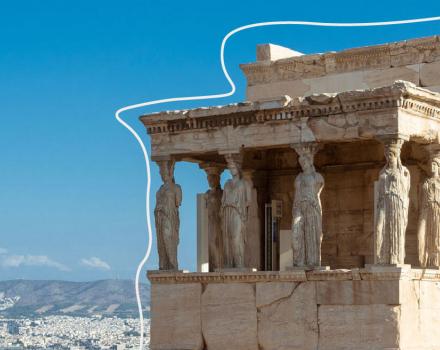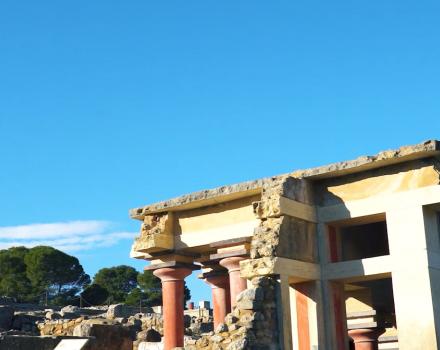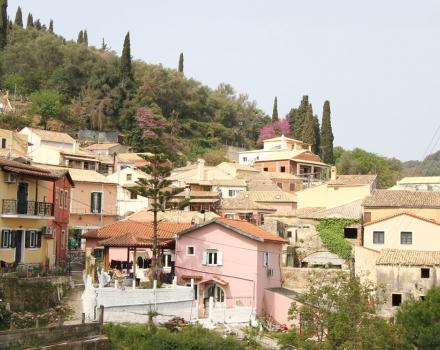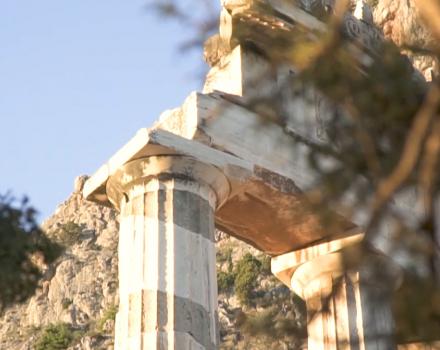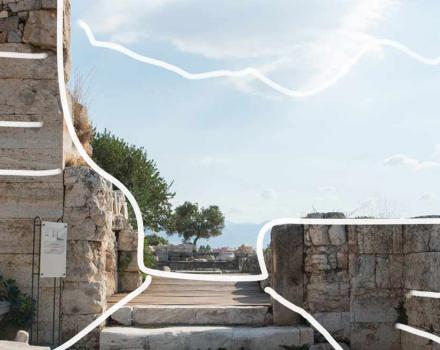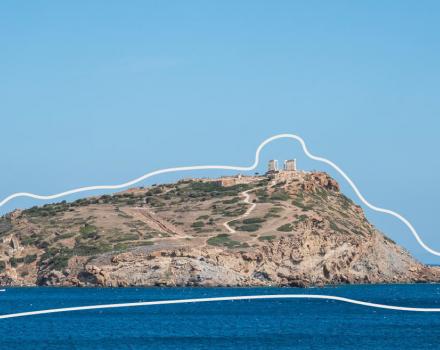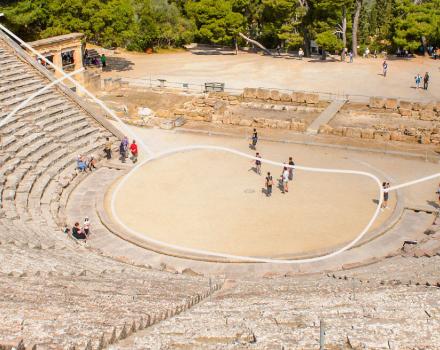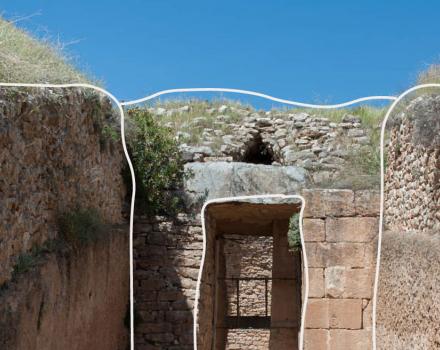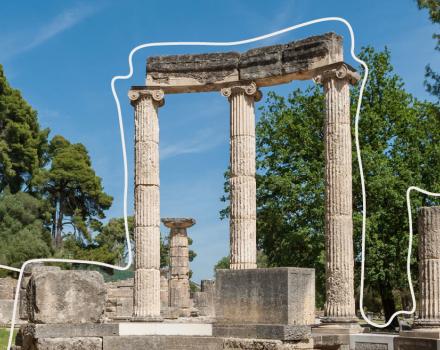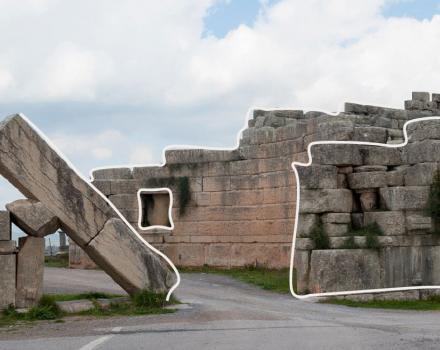A medical work of Galen, the most important Greek physician of antiquity after Hippocrates was hidden beneath a text with Christian hymns. It is about the project “On the Mixtures and Powers of Simple Drugs,” which was revealed in a palimpsest manuscript by researchers from Stanford University of California. The text, translated into Syriac in the 6th century A.D., was covered by hymns in the 11th century, a common practice during the Middle Ages. Texts in papyri or parchments that have been covered by other texts are called palimpsests.
"The researchers estimate that the palimpsest manuscript with the hidden text of Galen, whose sheets were detached and ended up to libraries in Europe, Africa and USA, was initially in the Monastery of Saint Catherine in Sinai.
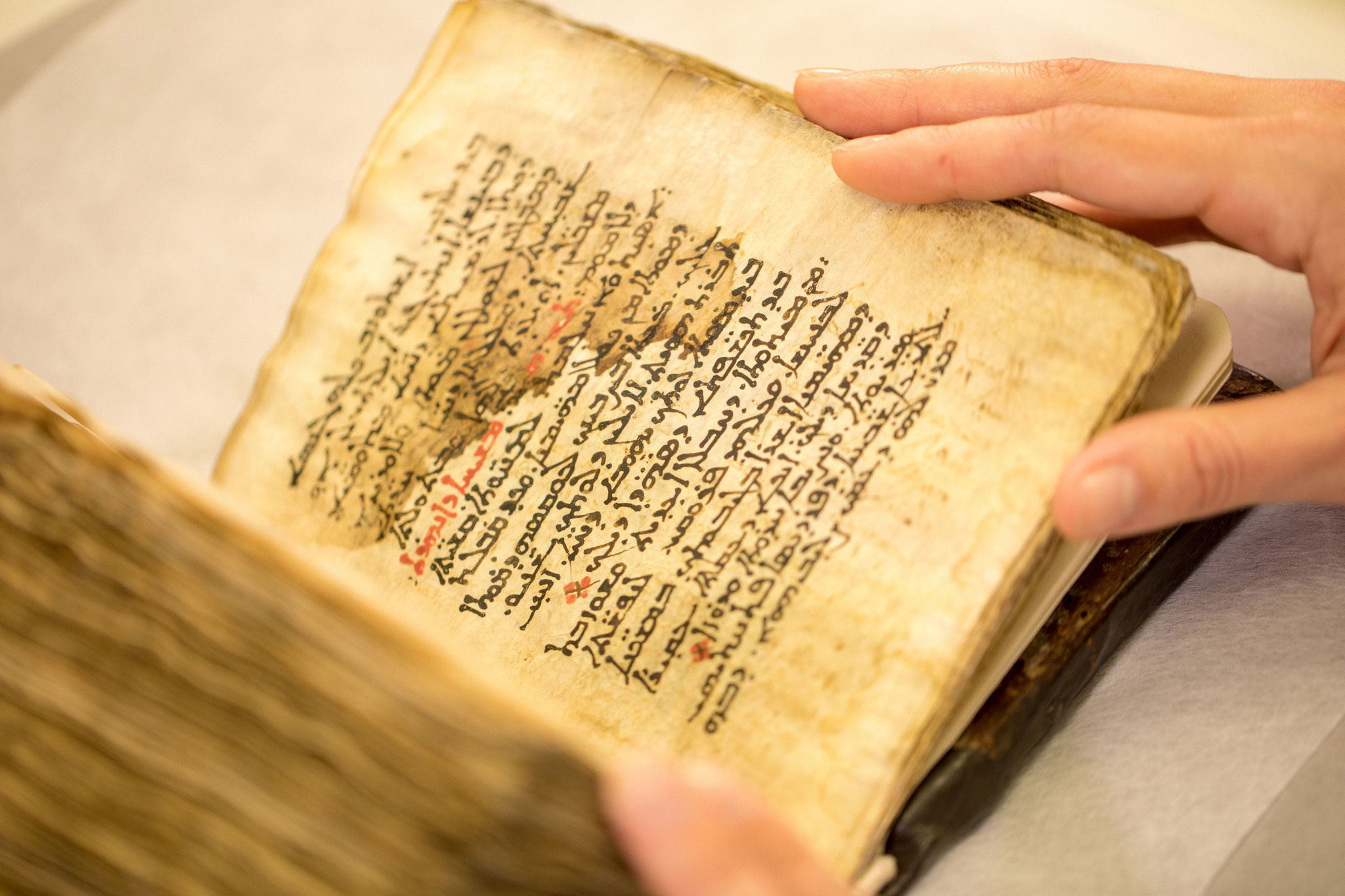
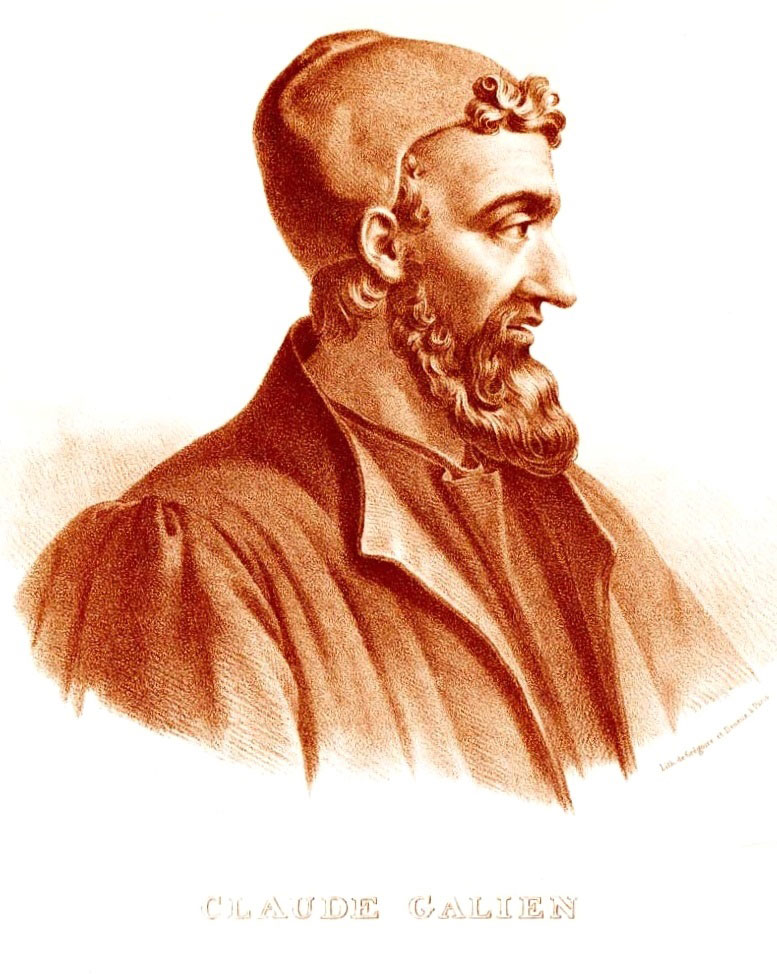
Galen (129 -216 A.D.), born in Pergamum, believed that "an excellent physician is also a philosopher," he wrote hundreds of medical, philosophical and grammatical works, and was a catalytic personality who stamped the course of medicine for at least a millennium. Having acquired the reputation of the best physician of the Greco-Roman world, Galen was the personal physician of the Roman emperor Marcus Aurelius while also was appointed as a gladiator doctor. He was a groundbreaking clinical physician; while at the same time he set up an eclectic system in which the earlier medical elements and the philosophical tradition that had bequeathed great thinkers (Hippocrates, Platon, Aristotle, the Stoic) coexisted. This system formed the basis of Arabic and Medieval, but also of modern folk medicine.
Great success
As we read in a related publication of the ANA – MPA, the interdisciplinary team of Stanford University in California, was trying to unlock the secrets of the "Syriac Galen Palimpsest" since 2009. The Synchrotron Radiation SSRL (Stanford Synchrotron Radiation Lightsource) of the National Accelerator SLAC of the US Department of Energy was used for its research. The head of the research team, Uwe Bergmann, said it was a "great success", as researchers initially estimated that there would be little traces of hidden ink to read one or two words. Eventually, they brought to light almost the whole text.
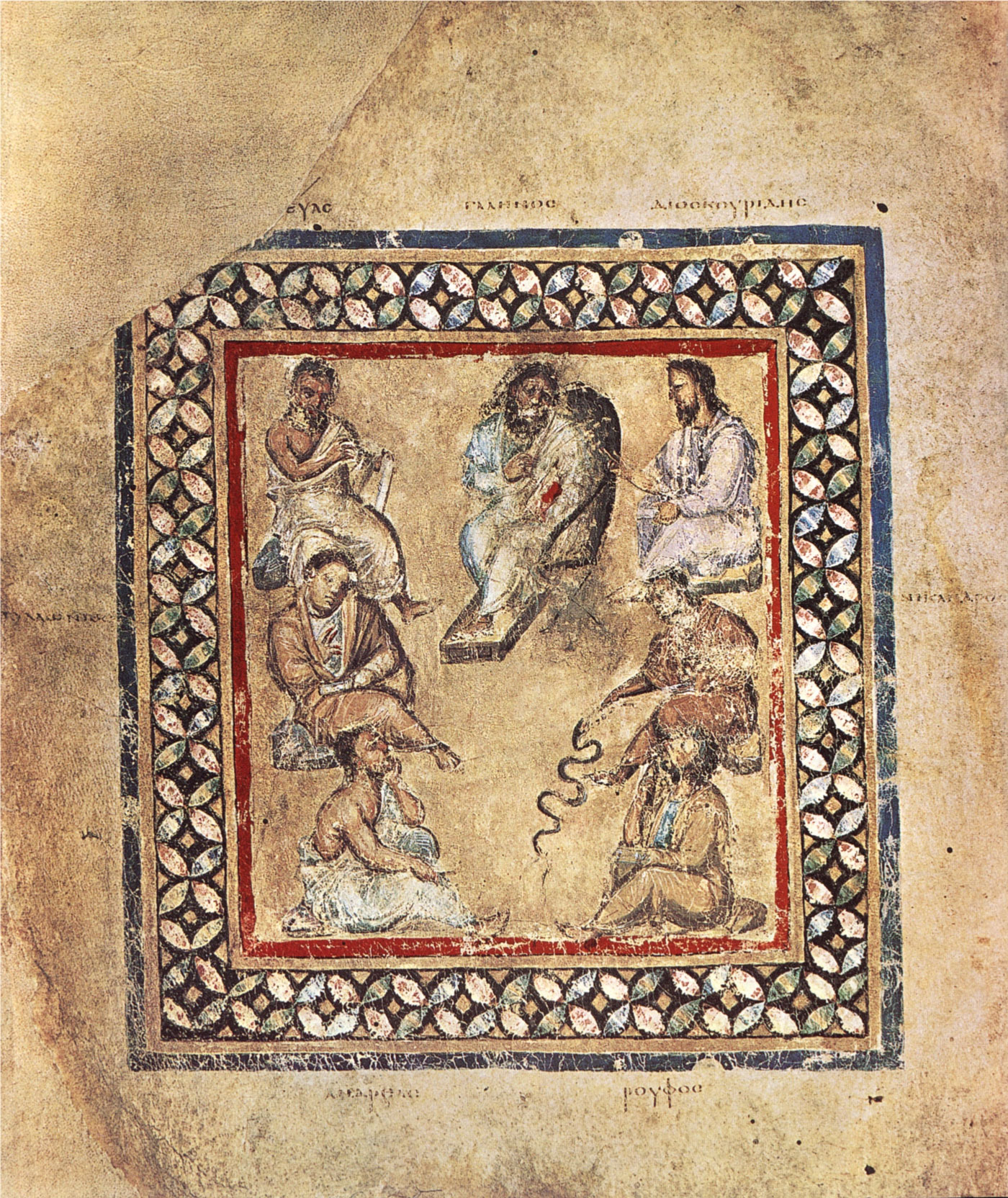
The Syriac translation that was hidden in the palimpsest is the most complete version of the work “On the Mixtures and Powers of Simple Drugs” that has been passed down nowadays. Note that the Syriac language made for the bridge between Greek and Arabic, helping significantly to disseminate Galen's knowledge to the Islamic world. "If anyone wants to understand medicine in the Middle East, he has to study the translation. We hope that this text will help us understand how they treated and cured illnesses in that region of the world", said Professor of Classical and Greek-Arab Studies Peter Porman of the University of Manchester.
From the Monastery of Saint Catherine in Sinai
The leather - bound parchment initially appeared in Germany at the early 20st century, but the experts’ research leads to the conclusion that it was coming from the Monastery of Saint Catherine in Sinai. During the progression, various sheets of the Syrian manuscript separated and ended up in libraries in Europe, Africa and the USA (University of Harvard, Paris, Vatican City, Sinai Monastery, etc.).
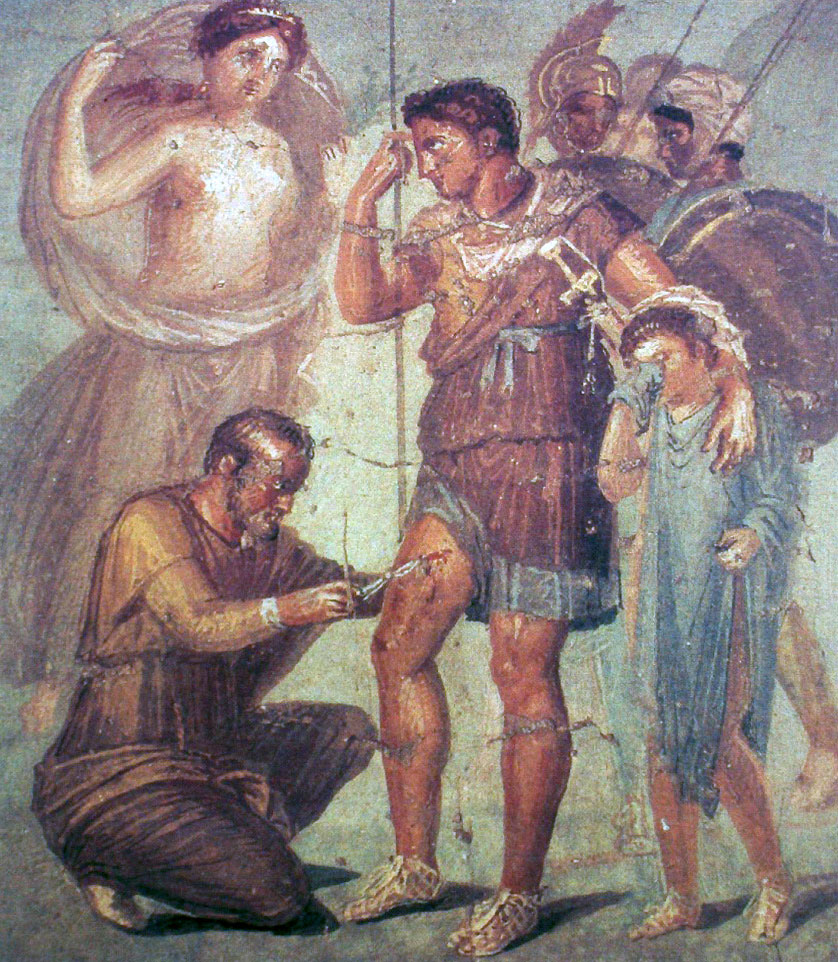
The attempt to be read the hidden work of Galen was difficult because both texts were written with similar ink, while the underlying medical text was eradicated by the medieval writers by using successive layers of calcium. However, thanks to the SLAC Synchrotron’s powerful accelerator, the hidden text was able to be read page by page. They used the technique of X-ray fluorescence spectroscopy which was also used in another palimpsest hid a mathematical work of Archimedes. The “scanning” of each of the 26 pages took lasts around ten hours. Now researchers use artificial intelligence computer systems to read the text. Special algorithms recognize different parts of the hidden handwriting and reconstruct colorful digital images of the text. When the project will be completed, it would be possible to study the content of Galen's work.
The researcher’s goal is to digitally reunite the entire manuscript and that’s why they have already photographed all its scattered parts around the world with special cameras. All pages of the text will be converted into high resolution digital images and will be freely available online.
Source: ANA - MPA
